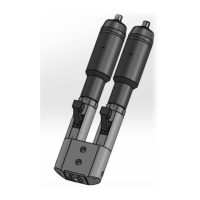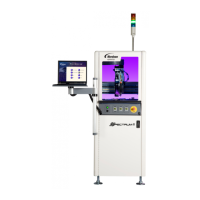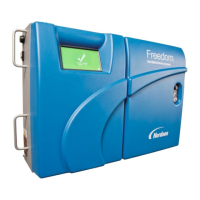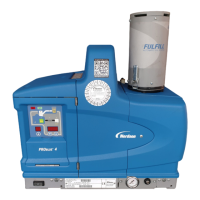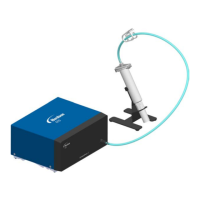2-4 Safety
2.5 Lifting and Transport Precautions
2.5.1 Considerations
Before attempting to lift a load, personnel should take into consideration the following factors:
• Does the load display a lift hazard warning label as shown below?
• Is lifting and transporting equipment available that might make the task safer and easier?
• Do you need to use personal protective equipment such as back supports and work gloves?
• Do you need an assistant to help you lift or guide the load?
• Do you know the destination for the load and the route you have to follow?
• Has the load been prepared for lifting (doors closed, facility cables/air lines disconnected,
loose items secured, earthquake-bolts removed)?
2.5.2 Precautions
When lifting, transporting, and lowering heavy or large loads, personnel should observe the following
precautions:
• Stand close to the load to be lifted and place your feet at shoulder width.
• Firmly grip the load and bring the load close to your body.
• Lift your head and shoulders first and with your back straight, use the strength of your legs to
slowly and smoothly raise yourself up.
• DO NOT twist your body. Change direction by first moving your feet.
• When transporting the load on a cart or a lifting device, reduce back strain by pushing rather
than pulling the load.
• When lowering the load, bend your knees, lower it slowly and smoothly, and keep your
fingers out from under the load.

